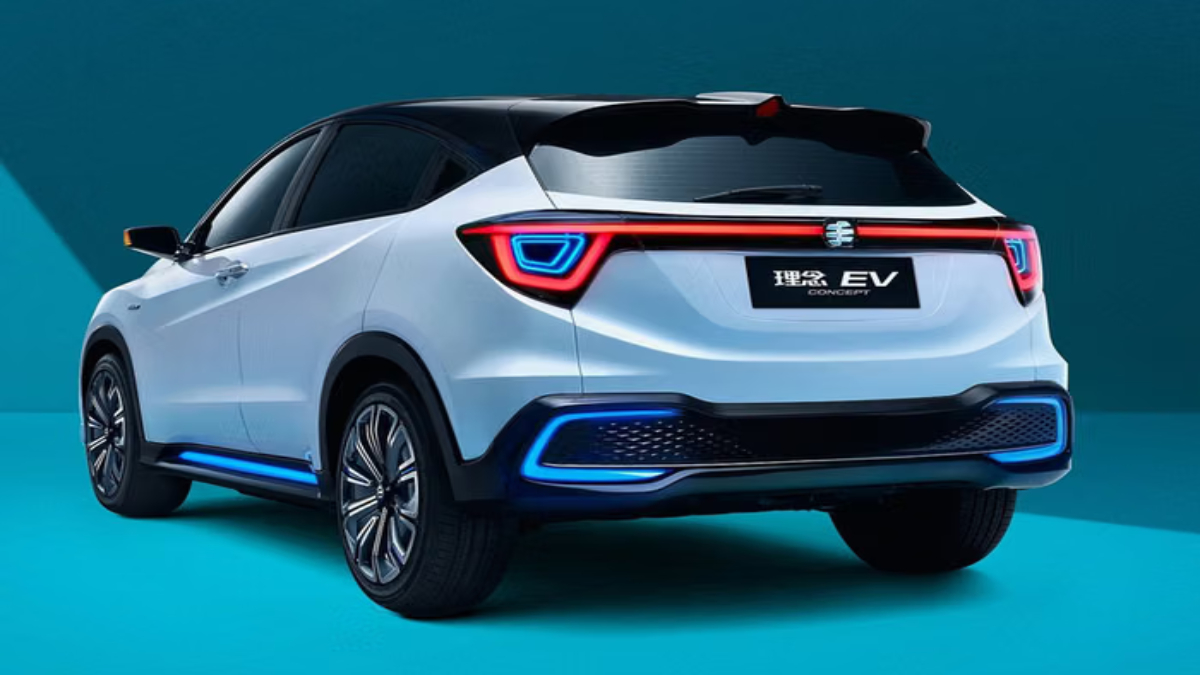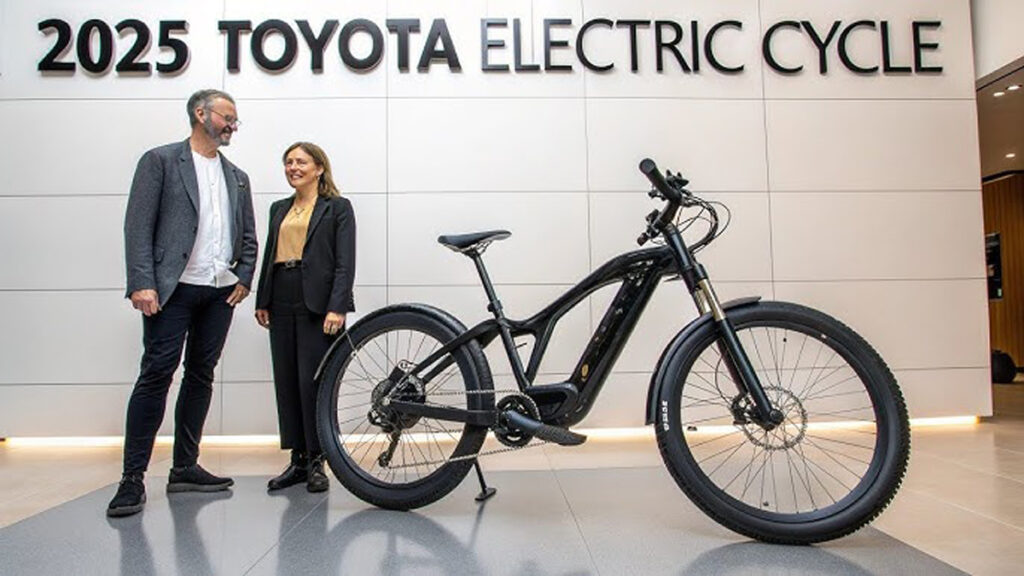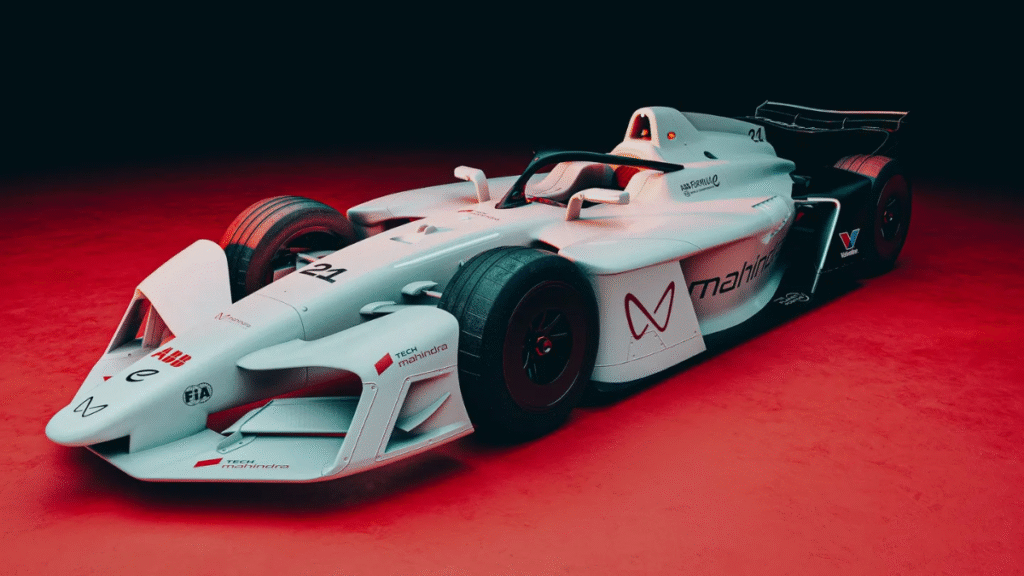Now Reading: Honda’s Big Push: 10 New Models, Massive SUV & EV Expansion
-
01
Honda’s Big Push: 10 New Models, Massive SUV & EV Expansion
Honda’s Big Push: 10 New Models, Massive SUV & EV Expansion

Honda is charting an aggressive new course, announcing a substantial product expansion strategy that will see 10 all-new models introduced to key global markets in the coming years. This monumental push is driven by a strong focus on two booming segments: Sport Utility Vehicles (SUVs) and Electric Vehicles (EVs), signaling a profound shift in the brand’s future portfolio.
The Japanese automotive giant is clearly leaning into the global appetite for high-riding vehicles, with a significant part of this new lineup dedicated to seven different SUVs. This move is a strategic effort to capture market share, particularly in high-growth regions where SUVs dominate consumer preference.
Electrification at the Core: The “Honda 0 Series” Arrives
The most revolutionary element of the new strategy is the introduction of Honda’s next-generation EVs, dubbed the “Honda 0 Series.” Developed under the guiding philosophy of “Thin, Light, and Wise,” these new-age electric cars are built on a dedicated, born-electric platform, moving away from existing architectures.
- The Gateway EV: Headlining this EV thrust is the Honda 0 $\alpha$ (Alpha) electric SUV prototype, which recently made its world premiere. Positioned as a more accessible entry point into the 0 Series lineup, the production model is confirmed for a global launch starting in 2027.
- Local Manufacturing, Global Ambition: In a major strategic play, the production-spec Honda 0 $\alpha$ will be locally manufactured in key markets like India. This not only reinforces the importance of these regions but also establishes them as potential export hubs for Honda’s new-generation EVs.
- Advanced Technology: The 0 Series models are set to be software-defined vehicles (SDVs), featuring the new ASIMO OS operating system. This core software will manage advanced functionalities, from automated driving assistance (ADAS) to an immersive digital user experience and seamless cloud connectivity. Honda is also targeting significant battery improvements, promising a 15% to 80% fast-charging time of just 10-15 minutes and battery capacity retention of over 90% after a decade of use.

A Multi-Powertrain Approach for the Transition
While EVs are the long-term goal for achieving carbon neutrality by 2050, Honda recognizes the continued importance of a diverse powertrain mix during the transition phase.
- Hybrid Focus: A key pillar of the immediate strategy involves a major expansion of the Hybrid Electric Vehicle (HEV) range. With the current demand for hybrids remaining strong, Honda will introduce 13 new next-generation HEV models globally by 2030. These hybrids are designed to play a crucial role until mass EV adoption fully takes hold, with a goal of selling 2.2 million HEV units by 2030.
- The SUV Blitz: The overall lineup expansion will see a heavy emphasis on SUVs, spanning multiple segments to cater to varying consumer needs, from compact crossovers to larger, three-row family vehicles.
This product onslaught, which covers everything from volume-focused vehicles to premium offerings across ICE, hybrid, and electric powertrains, signals a determined effort by Honda to regain market momentum and cement its position in the rapidly evolving automotive landscape. The forthcoming decade promises to be a period of unprecedented change and growth for the brand.










